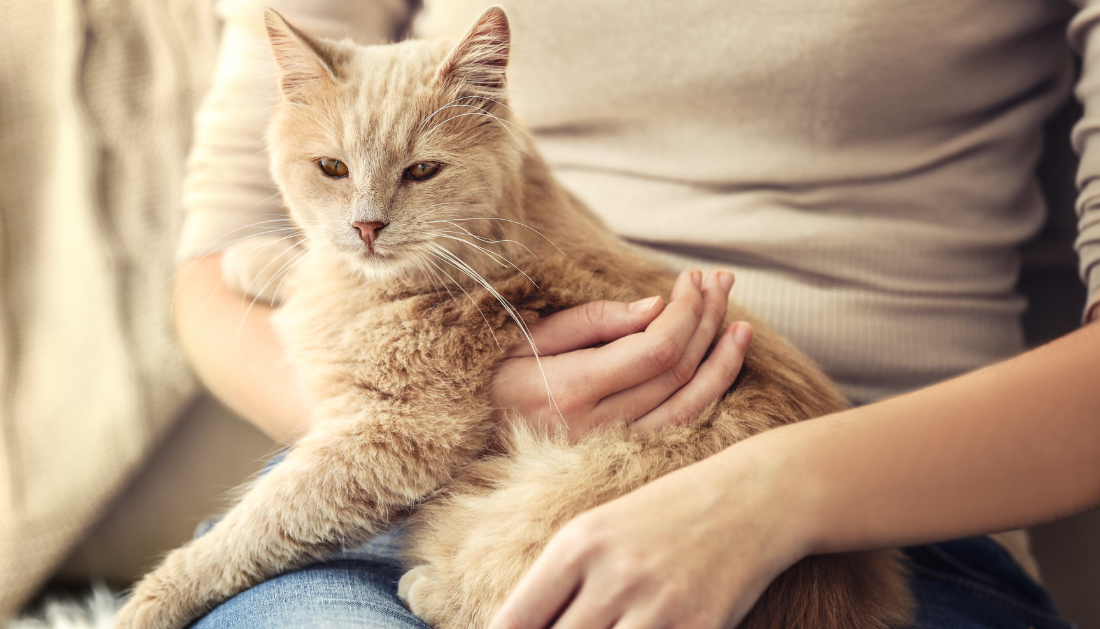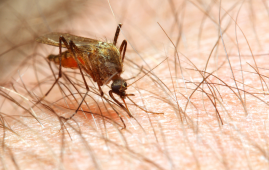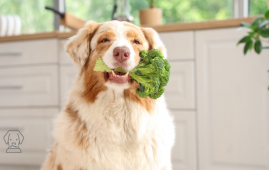

A new study published in the Morbidity and Mortality Weekly Report by the U.S. Centers for Disease Control and Prevention (CDC) suggests that household cats can contract deadly bird flu (H5N1) from infected humans.
Two Michigan cases in May 2024 documented fatal bird flu infections in domestic cats living with dairy farmworkers. This finding raises urgent concerns about viral mutation and pandemic risks as avian influenza continues to spread among birds and mammals.
Case 1: Cat Develops Neurological Symptoms & Dies
Symptoms & Progression:
- 5-year-old indoor cat developed loss of appetite, disorientation, and neurological decline
- Required emergency veterinary care but euthanized within four days
- Postmortem confirmed H5N1 bird-flu infection
Household Exposure:
- Lived with two other cats (one had mild symptoms)
- Owner worked on an H5N1-affected dairy farm
- Owner refused bird flu testing, while family members tested negative
Case 2: Raw Milk Exposure & Rapid Death
Symptoms & Exposure:
- 6-month-old Maine Coon showed anorexia, lethargy, and facial swelling
- Died within 24 hours of symptom onset
- Owner transported unpasteurized milk from infected dairy farms
- Frequently handled raw milk without protective gear
- Sick cats often rolled in contaminated work clothes
Key Takeaways: How Bird Flu Spreads to Cats
Possible transmission routes:
- Contact with infected dairy farmworkers
- Exposure to contaminated clothing and surfaces
- Consumption of raw milk from infected cattle
Public Health Risks: Could Bird Flu Mutate?
Experts fear that continued virus circulation among mammals could lead to a strain capable of human-to-human transmission.
Current Stats in the U.S.:
- 69 confirmed human cases since 2024 (likely underreported)
- One human death recorded
- Cats, big cats, and cattle now infected
CDC advises farm workers to change clothes and wash thoroughly before entering homes to reduce transmission risks.
Conclusion: A Growing Zoonotic Threat
This study highlights the urgent need for stricter biosecurity measures to prevent further spillover from animals to humans. As bird flu spreads across species, rapid surveillance, protective measures, and vaccination strategies could be crucial in preventing a future pandemic.
More Information: Ramya Naraharisetti et al, Highly Pathogenic Avian Influenza A(H5N1) Virus Infection of Indoor Domestic Cats Within Dairy Industry Worker Households — Michigan, May 2024, MMWR. Morbidity and Mortality Weekly Report (2025). DOI: 10.15585/mmwr.mm7405a2
more recommended stories
 Urine-Based microRNA Aging Clock Predicts Biological Age
Urine-Based microRNA Aging Clock Predicts Biological AgeKey Takeaways (Quick Summary) Researchers developed.
 Ultramarathon Physiology: What HCPs Should Know?
Ultramarathon Physiology: What HCPs Should Know?Ultramarathon Metabolism: What Happens to the.
 Sterilized Fermented Beverage for Obesity: New Evidence
Sterilized Fermented Beverage for Obesity: New EvidenceEarly Insights Into a Sterilized Fermented.
 New Malaria Prevention Insights From African Biostatistics
New Malaria Prevention Insights From African BiostatisticsHow New Data Is Reframing Malaria.
 Ultra-Processed Foods in Mediterranean Youth: Risks
Ultra-Processed Foods in Mediterranean Youth: RisksThe Mediterranean region is widely recognized.
 Plant-Based Pet Food Cuts Carbon Footprint – Study finds
Plant-Based Pet Food Cuts Carbon Footprint – Study findsThe Growing Environmental Burden of Pet.
 Ultra-Processed Foods May Harm Brain Health in Children
Ultra-Processed Foods May Harm Brain Health in ChildrenUltra-Processed Foods Linked to Cognitive and.
 Children’s Health in the United States is Declining!
Children’s Health in the United States is Declining!Summary: A comprehensive analysis of U.S..
 Endometriosis and Menopause: Risk of Early and Surgical Menopause
Endometriosis and Menopause: Risk of Early and Surgical MenopauseEndometriosis significantly increases the risk of.
 Toxic Soil and Water Linked to Global Heart Disease Crisis
Toxic Soil and Water Linked to Global Heart Disease CrisisA groundbreaking review published in Atherosclerosis.

Leave a Comment